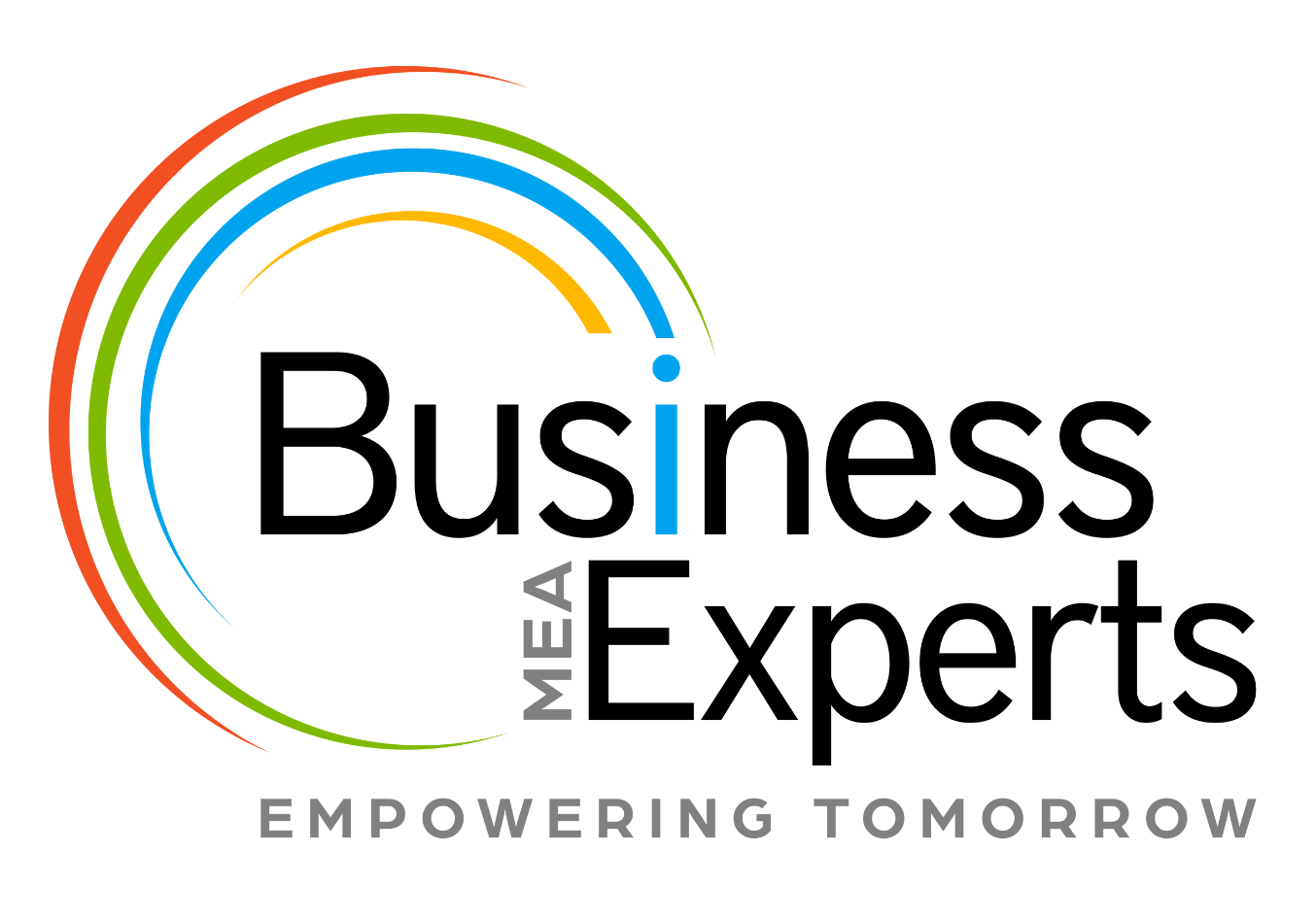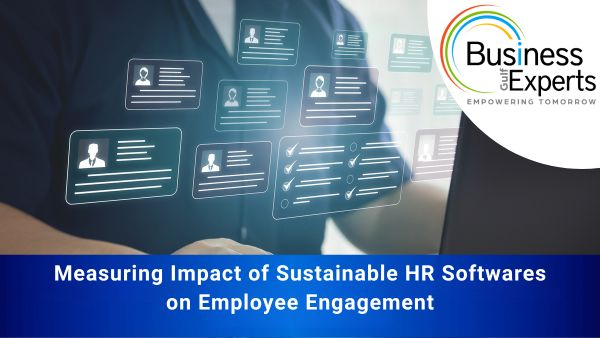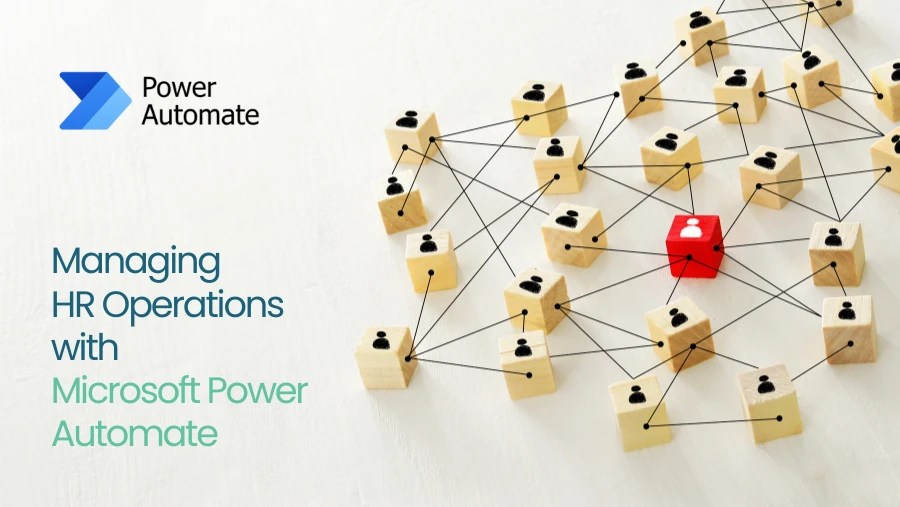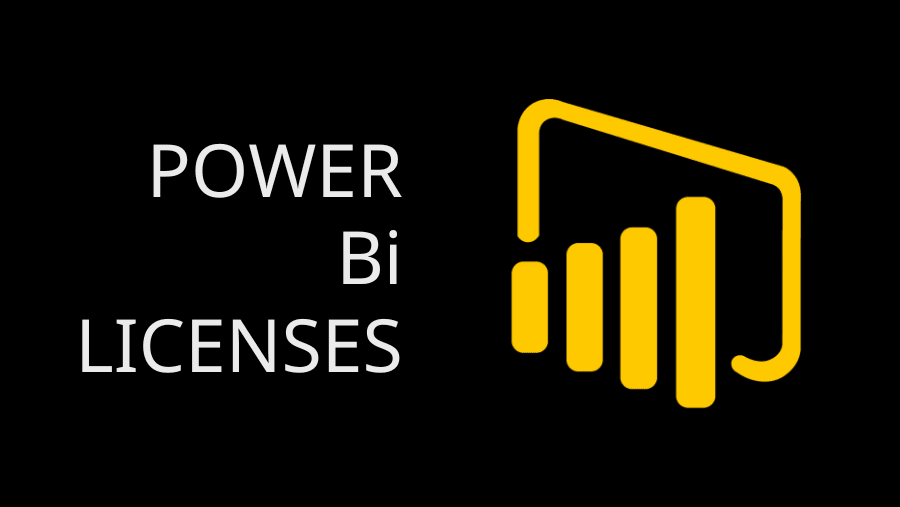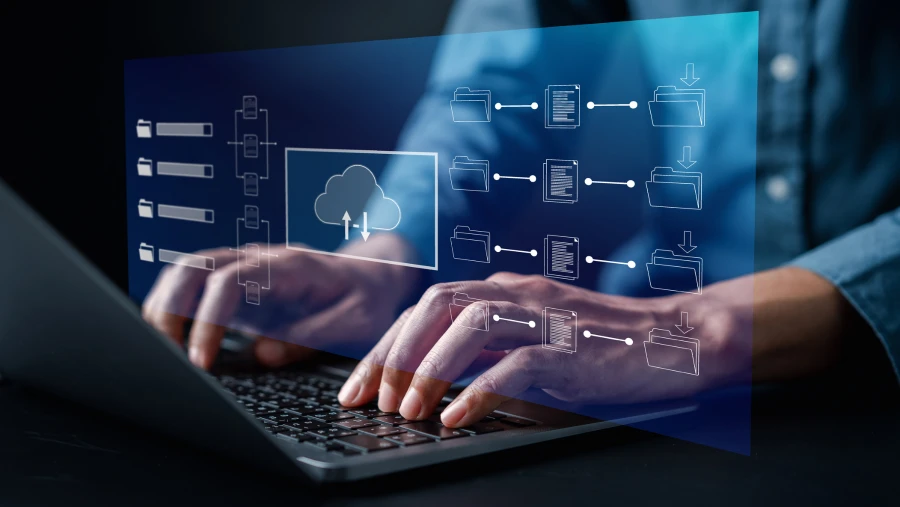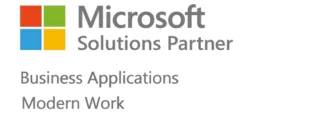Empowering People, Sustaining Futures: Measuring HR Software’s Impact on Employee Engagement
Empowering People, Sustaining Futures: Measuring HR Software’s Impact on Employee Engagement
Did you know that almost 80% of employees worldwide are disengaged at work? According to Gallup’s Workplace Report, employee engagement has a direct impact on productivity, retention, and profitability. Yet, organizations often overlook one crucial element that drives this engagement: sustainable HR software. (Gallup Report)
As an HRMS and Payroll consultant in the Middle East, I’ve seen firsthand how well-implemented HR software not only optimizes workflows but also empowers employee’s engagement, reducing turnover and improving organizational culture. Let’s explore how sustainable HR software can revolutionize your workplace and the numbers to back it up.
Why Invest in Sustainable HR Software?
Traditional HR systems can be inefficient and frustrating, leading to disengaged employees and higher costs. Sustainable HR software flips this script by focusing on automation, accessibility, and adaptability, ultimately driving positive outcomes for both employees and organizations. Here are three key impacts of sustainable HR software:
- Improved Employee Engagement: Real-life example: After implementing a user-friendly HRIS system, a UAE-based company saw a 35% increase in employee satisfaction. Employees appreciated the ability to manage leave requests, access payroll details, and set performance goals—all from a single platform.
- Time and Cost Savings: Example from Statista: Organizations using automated HR systems report saving 20-25% of their HR team’s time, enabling them to focus on strategic initiatives.
- Data-Driven Decision Making: Gallup Workplace reports that businesses leveraging HR analytics tools saw a 23% improvement in profitability. Sustainable HR software provides real-time insights, helping leaders make informed decisions about workforce planning and engagement strategies.
How Does It Benefit Organizations?
- Streamlining Operations:Sustainable software reduces manual interventions. For instance, automating attendance tracking and payroll calculations can save hours of administrative work weekly.
- Empowering Employees:Self-service tools give employees control over routine tasks like leave applications and goal tracking. This fosters a sense of autonomy, boosting engagement levels by 30%, according to Glassdoor research.
- Reducing Turnover Rates:
Sustainable HR systems provide insights into turnover trends and help identify at-risk employees. A Statista study found that companies using these systems reduced turnover by 22% in the first year of implementation.
Environmental and Sustainability Impact of Implementing Sustainable HR Software:
Implementing sustainable HR software not only benefits the employee engagement efforts but also has a positive impact on the environment and supports sustainability goals within an organization. Here are some key environmental and sustainability impacts of adopting sustainable HR software:
- Reduction in Paper Usage; One of the most immediate environmental benefits is the significant reduction in paper usage. Traditional HR processes often require printed forms, contracts, performance reviews, and other paperwork. By switching to digital platforms, organizations can reduce paper consumption, leading to less waste and fewer resources used in production, printing, and transportation of paper-based materials.
Example: A global company that switched to a paperless HR system saw a 30% reduction in paper-related expenses, contributing to their overall sustainability goals. - Energy Efficiency:
Cloud-based HR software solutions often rely on highly optimized data centers with energy-efficient operations. These systems are designed to handle high traffic and data processing with minimal energy consumption, unlike traditional on-premises systems that may require extensive hardware and energy resources.
Example: Large-scale cloud-based HR systems, such as Dynamics 365 (D365), have optimized their data centers to run on renewable energy, significantly reducing their carbon footprint compared to traditional server systems. - Remote Accessibility and Flexibility:
With cloud-based HR systems, employees and managers can access HR information remotely, reducing the need for physical commuting. This contributes to a reduction in carbon emissions by encouraging remote work and reducing the office space requirements.
Example: Companies with global workforces can use HR software to allow employees to manage HR tasks from any location, reducing the environmental impact associated with daily commuting and office maintenance. - Optimization of Resource Allocation:
Sustainable HR software automates many administrative tasks, allowing HR teams to focus on higher-value, strategic initiatives. This efficiency can lead to a reduction in the time and resources spent on manual processes, which indirectly impacts the environment by lowering operational overheads.
Example: Automating processes such as payroll, recruitment, and performance management mean HR departments no longer need to spend time on paper-based or manual data entry, leading to lower resource consumption in HR operations - Data-Driven Decision-Making for Sustainability:
Sustainable HR systems provide organizations with insights into employee behavior, absenteeism, and productivity. By incorporating sustainability goals (e.g., diversity, equity, inclusion, or carbon emissions targets) into performance metrics, HR can directly align employee objectives with environmental initiatives.
Example: A company might track and reward employees who reduce their carbon footprint, participate in sustainability initiatives, or adopt greener commuting practices, integrating these efforts into their performance management system. - Alignment with Corporate Social Responsibility (CSR) Goals:
As organizations increasingly focus on CSR and sustainability goals, integrating these initiatives into HR software can help track and promote sustainability efforts. HR systems can measure and report on employee contributions to environmental goals, including waste reduction, recycling efforts, and sustainability projects.
Example: Some organizations integrate environmental goals directly into employee performance metrics, with employees earning rewards or recognition for achieving sustainability objectives in their role.
Key Takeaways:
Sustainable HR software drives operational efficiency and supports environmental goals by reducing paper usage, optimizing energy consumption, and promoting green practices. It empowers organizations to align HR processes with their broader sustainability objectives, creating a positive impact both for the workforce and the environment.
A Real-Life Success Story: Business Experts Gulf
While working with a regional client in the Education Sector, we implemented a sustainable HRMS platform that replaced paper-based processes. The results were remarkable:
- Administrative time savings: 40 hours per month.
- Engagement increase: Employee engagement scores rose by 25% in the first six months.
- Cost savings: Reduced recruitment costs by 18% due to better retention, having records managed in the databank and filtering out
having records managed in the databank and filtering out .
These numbers highlight the tangible benefits of investing in sustainable HR systems.
A Real-Life Success Story: Unilever
Unilever, a global leader in consumer goods, transformed its HR operations by implementing Workday, a cloud-based HRIS platform focused on sustainability and employee well-being.
Challenges Unilever Faced:
- Inefficient, manual HR processes.
- Limited employee access to performance, benefits, and career growth tools.
- Fragmented workforce data, hindering actionable insights.
The Solution:
By adopting Workday, Unilever introduced:
- Self-Service Portals: for employees to manage personal data and tasks independently.
- Advanced Analytics: for real-time workforce insights.
- Integrated Performance Tools: to align goals and streamline feedback
Results Achieved:
- 15% increase in employee engagement.
- 30% time savings for HR teams, focusing efforts on talent development.
- 20% improvement in data accuracy.
- 18% reduction in HR operational costs.
Takeaway:
Unilever’s journey underscores the power of sustainable HR software to enhance efficiency, empower employees, and drive long-term success. Imagine the possibilities for your organization! (Unilever Case Study)
A Real-Life Success Story by: ATOS
Occasion: Atos, a global digital transformation leader, identified inefficiencies in HR data management and document handling that hampered effective service delivery.
Solution:Through the eTransformation initiative, Atos implemented a cloud-based HR system across 70 countries, integrating Employee File Management with their HRIS. This seamless integration automated processes and enhanced accessibility for employees, managers, and HR teams.
Benefits:
- Efficiency Boost: Automated workflows reduced manual tasks like offer letter generation.
- Data Consistency: Centralized document management ensured accuracy and accessibility.
- Global Alignment: Unified HR practices improved compliance and standardization across regions.
Atos demonstrates how sustainable HR software can transform operations, supporting both workforce engagement and organizational goals. (https://www.aihr.com/resources/AIHR_Digital_HR_Case_Study_Collection.pdf)
Challenges in Implementing Sustainable HR Software:
Real-Life Example: AT&T’s Struggles with HR Software Implementation
The Challenge:
AT&T faced difficulties when rolling out a new HR system aimed at streamlining processes and improving employee engagement. Key issues included:
- Employee Resistance: The system was difficult to use, leading to pushback from staff.
- Insufficient Training: Lack of proper training resulted in confusion and inefficiency.
- Integration Issues: The system wasn’t fully integrated with existing tools, causing delays and data inconsistencies.
This led to frustration among employees and increased workloads for the HR team, negatively impacting engagement.
The Solution:
To resolve these challenges, AT&T took several steps:
- Enhanced Training and Support: They launched an extensive training program and provided continuous support.
- Improved System Integration: AT&T worked with the software provider to enhance integration and streamline data flows.
- User Experience Overhaul: The interface was redesigned to be more intuitive and user-friendly
The Result:
After addressing these issues, AT&T saw a boost in employee engagement:
- Increased Adoption: Employees became more comfortable with the system, using self-service tools more frequently.
- Enhanced Efficiency: Streamlined workflows led to time savings and better data accuracy.
- Higher Engagement Scores: Employee engagement scores increased by 20% in the following year.
Key Takeaway:
AT&T’s experience underscores the importance of proper training, system integration, and addressing resistance to change for successful HR software adoption. Sustainable HR software, when implemented correctly, can significantly boost employee engagement and operational efficiency.
Conclusion:
Implementing sustainable HR software can be challenging, but with the right support, training, and integration, it can drive higher employee engagement and efficiency.
How to Ensure Your HR Software is Sustainable
- Choose the Right Partner: Opt for a system that integrates seamlessly with existing processes and offers scalability.
- Focus on Training and Adoption: A user-friendly interface and comprehensive training programs are critical to success.
- Leverage Reporting and Analytics: Utilize data-driven insights to continuously improve HR strategies.
Future Trends in Measuring the Impact of Sustainable HR Software on Employee Engagement
- AI-Driven Engagement Analytics: Predictive models and real-time sentiment analysis will allow businesses to anticipate engagement trends and act proactively.
- Employee Experience Platforms (EXP): Holistic platforms will offer deeper insights into engagement, performance, and well-being, seamlessly integrating these metrics into everyday workflows.
- Focus on ESG Metrics: Engagement measurement will increasingly align with Environmental, Social, and Governance (ESG) goals, such as inclusivity, diversity, and sustainability awareness.
- Personalized Engagement Metrics: Custom dashboards and adaptive surveys will track engagement across regions, teams, and departments.
- Hybrid Work Engagement Tools: Tools designed to measure engagement in remote and hybrid work environments will become essential.
- Actionable Insights Through Integrated Systems: Integration with performance management systems will provide a deeper understanding of employee engagement and its organizational impact.
Conclusion
Sustainable HR software is not just about streamlining processes—it’s about creating an engaged, empowered workforce that drives organizational success and employee engagement. With the right system in place, you can achieve higher employee satisfaction, reduced costs, and improved productivity.
If you’re looking to boost employee engagement and streamline your HR processes with a top-notch HRMS/HCM solution, look no further! At Business Experts Gulf, we are the pioneers of implementing HRMS/HCM systems in the region, specializing in both HR and Payroll solutions. With a focus on labor law compliance and data governance, we have successfully carried out many smooth and seamless implementations.
Ready to take your HR operations to the next level? Visit us at www.BEMEA.com or check out our latest updates on LinkedIn at Business Experts Gulf LinkedIn to see how we can help transform your organization!
